Let’s face it, time changes everything. Approaching 50 and after, we realize that our wardrobe tastes maybe different, our hairstyle, and for some of us – our music. What is also changing is our metabolism. The gradual decline starts shortly after 30 and can be somewhat imperceptible … until it isn’t.
A Drop In My Consumption Of Food
Now that I am in my 50s, I eat significantly less. I don’t require as much fuel as I did in my 30s and 40s. Because the quantity of food that I consume is less, I don’t have a lot of room for empty calories. Items like, sugar-laden foods or snacks with a low nutrient-to-calorie ratio. Adding to the situation, to stay healthy as I age, I am on the constant prowl for super foods that will minimize the inflammation in my joints and keep my blood pressure and cholesterol within healthy, normal ranges.
Everyone knows by now that it is important to eat whole foods (those with very few ingredients – usually ONE). Some examples of Whole Foods versus what are NOT Whole Foods follow:
- Vegetables, fruits (fresh or died), nuts (almonds , pistachios and walnuts, etc..), seeds (pumpkin, sunflower, etc.), and beans (even canned) are whole foods. Blueberry pop-tarts are not.
- Milk is a whole food, while processed cheese (Velveeta) is not. Most raw and pasteurized cheese is minimally processed, with the “processing” provided by bacteria, molds, etc.
- A grilled chicken leg is a whole food; forget chicken nuggets.
- Oatmeal is a whole food; Cracklin’ Oat Bran is not.
- Brown rice, quinoa, and barley are whole foods. Products which include refined carbohydrates or processed grains such as puffed rice, brown rice syrup, or anything made with white flour are not.
- Anything with added sugars is not a whole food (honey is an exception).
Not All Whole Foods Are Created Equally
“The good or bad news, depending on your perspective is that how well we age is affected by what we eat.”
Whole foods are critical; but not all whole foods are created equally. Hormones fluctuate and diminish as we age. We are faced with inflammation-related diseases; such as joint pain and swelling. Weight loss becomes more difficult to boot. The good or bad news, depending on your perspective is that how well we age is affected by what we eat. Consuming nutrient-rich, anti-inflammatory foods can help us slow down the progression of age-related diseases and prevent unwanted weight gain.
Adding the following ‘super’ foods to your everyday diet can help keep you healthy from the inside out.
BERRIES
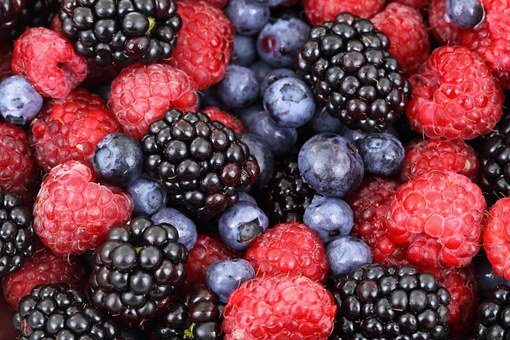
Berries are known for their anti-aging properties. Antioxidants and phytochemicals found in berries (blueberries, cranberries, strawberries, raspberries, blackberries, etc) have been linked to Alzheimer’s prevention. Cranberries as we know aid in resolving UTIs (urinary tract infections) and also have cardiovascular benefits.
LEAFY GREENS
Piling on the spinach, kale, collards or other leafy greens at meals may help to keep your mind sharp as you age. According to research presented last month at the American Society for Nutrition annual meeting, individuals who ate one to two servings per day of leafy greens had similar cognitive abilities as those eleven years younger. Antioxidants and immunity booster, vitamin C ; and folate, which plays an important role in cognitive function can all be absorbed by eating more of these greens.
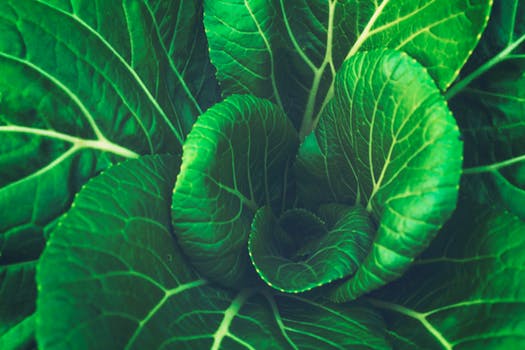
CRUCIFEROUS VEGETABLES
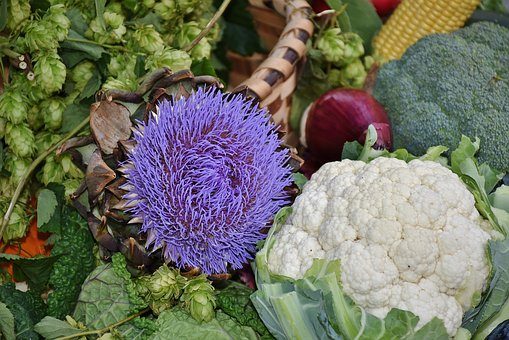
Cruciferous vegetables like broccoli, cauliflower, cabbage, Brussels sprouts, and kale are known for their cancer-preventative properties. Rich in folate and vitamins C, E, and K, these vegetables are known for keeping your immune system strong and fighting inflammation. Vitamin K is critical for maintenance of normal blood clotting, which becomes more important to us as we age.
OMEGA-3-RICH FISH
“Better cognitive function is also linked to the consumption of omega-3s”
Salmon, mackerel, tuna, and sardines are all high in omega-3 fatty acids. Omega-3s become increasingly important as we grow older for their heart-protecting properties. Better cognitive function is also linked to the consumption of omega-3s. Last, but not least, fish is fantastic source of protein, which is vital in maintaining muscle mass.
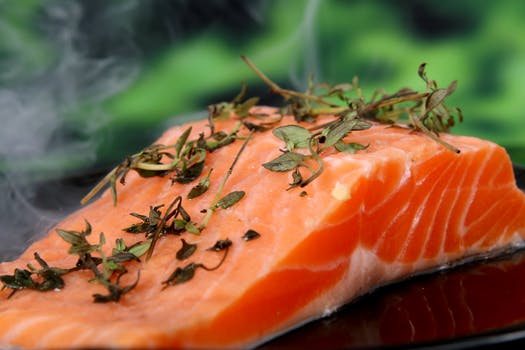
YOGURT
Yogurt is a good source of calcium, a nutrient that women over age 50 need in larger quantities to maintain bone health and prevent osteoporosis. It’s also chock full of protein. Eating an adequate amount of protein throughout the day may help us preserve muscle mass. Lastly, the beneficial bacteria that gives yogurt a bit of a sharp taste provides probiotics, which help keep your digestive system functioning properly.
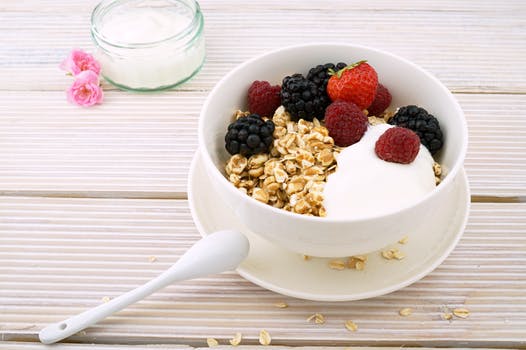
WHOLE GRAINS
The risk for heart disease increases dramatically in women over 55, so incorporating more cholesterol-lowering whole grains into your di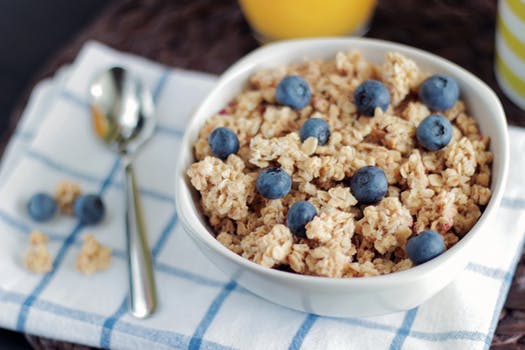 et is a smart move. Whole grains contain the entire grain kernel ― the bran, germ, and endosperm. Examples of whole grains include whole-wheat flour, bulgur (cracked wheat), oatmeal, whole cornmeal, quinoa, and brown rice. All are a great source of fiber, B vitamins, and important minerals. Eating fiber-rich foods promotes digestive regularity and is good for your heart and cardiovascular system because it helps lower cholesterol levels.
et is a smart move. Whole grains contain the entire grain kernel ― the bran, germ, and endosperm. Examples of whole grains include whole-wheat flour, bulgur (cracked wheat), oatmeal, whole cornmeal, quinoa, and brown rice. All are a great source of fiber, B vitamins, and important minerals. Eating fiber-rich foods promotes digestive regularity and is good for your heart and cardiovascular system because it helps lower cholesterol levels.
SOY
Soy products like tempeh, organic tofu, and edamame contain isoflavones, compounds that mimic the structure of estrogen and help regulate hormone levels as you age. As a result, isoflavones may help reduce the risk of certain breast cancers. Unprocessed soy foods are also great plant-based sources of protein, making them heart-healthy choices for vegetarians and meat eaters alike. 
BEANS
Research shows that eating a daily serving of beans or lentils (3/4 cup) can help to lower LDL (“bad”) cholesterol by 5 percent. Another study in people with type 2 diabetes found that eating about a cup of beans or lentils per day as part of a healthy diet lowered hemoglobin A1c, a marker of blood sugar control, by 0.5%, which is a substantial improvement. Nutrition-wise, dried and canned beans are about the same, but the sodium content of canned beans can be 100 times that of cooked. Draining and rinsing the canned beans can get rid of about half the sodium, but you’re also draining and rinsing away some of the nutrition. If you have the time and inclination use dry. You can quick soak the beans to hurry the process. Click here for instructions.
(3/4 cup) can help to lower LDL (“bad”) cholesterol by 5 percent. Another study in people with type 2 diabetes found that eating about a cup of beans or lentils per day as part of a healthy diet lowered hemoglobin A1c, a marker of blood sugar control, by 0.5%, which is a substantial improvement. Nutrition-wise, dried and canned beans are about the same, but the sodium content of canned beans can be 100 times that of cooked. Draining and rinsing the canned beans can get rid of about half the sodium, but you’re also draining and rinsing away some of the nutrition. If you have the time and inclination use dry. You can quick soak the beans to hurry the process. Click here for instructions.
NUTS
Snacking on nuts instead of chips, crackers, and cookies is an easy way to give your diet a major upgrade. A 2013 randomized controlled trial conducted in Spain found that eating an ounce of mixed nuts daily as part of Mediterranean-style diet reduced the risk of heart attack, stroke, and death from heart disease by 28 percent. Nuts are rich in arginine, an amino acid needed to make a molecule called nitric oxide that relaxes constricted blood vessels and eases blood flow. They also contain vitamin E, folic acid, potassium, fiber, and other healthful nutrients. Because different nuts supply a different mix of nutrients, it’s a good idea to incorporate a variety of nuts into a healthy eating plan.
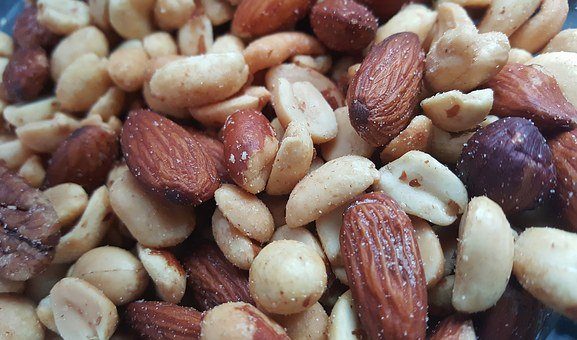
AVOCADO

Avocado is superfood because it owns a lot of nutrients and antioxidants, such as folic acid, Omega 3, magnesium, potassium, lutein and fibre. And, avocado is rich in A, C, D, E, K vitamins and B Group vitamins too. And that’s not all as it owns an important presence of copper, manganese and iron.
Did you enjoy this article? Become a Kuel Life Member today to support our ad-free Community. Sign-up for our Sunday newsletter and get your expert content delivered straight to your inbox.





















